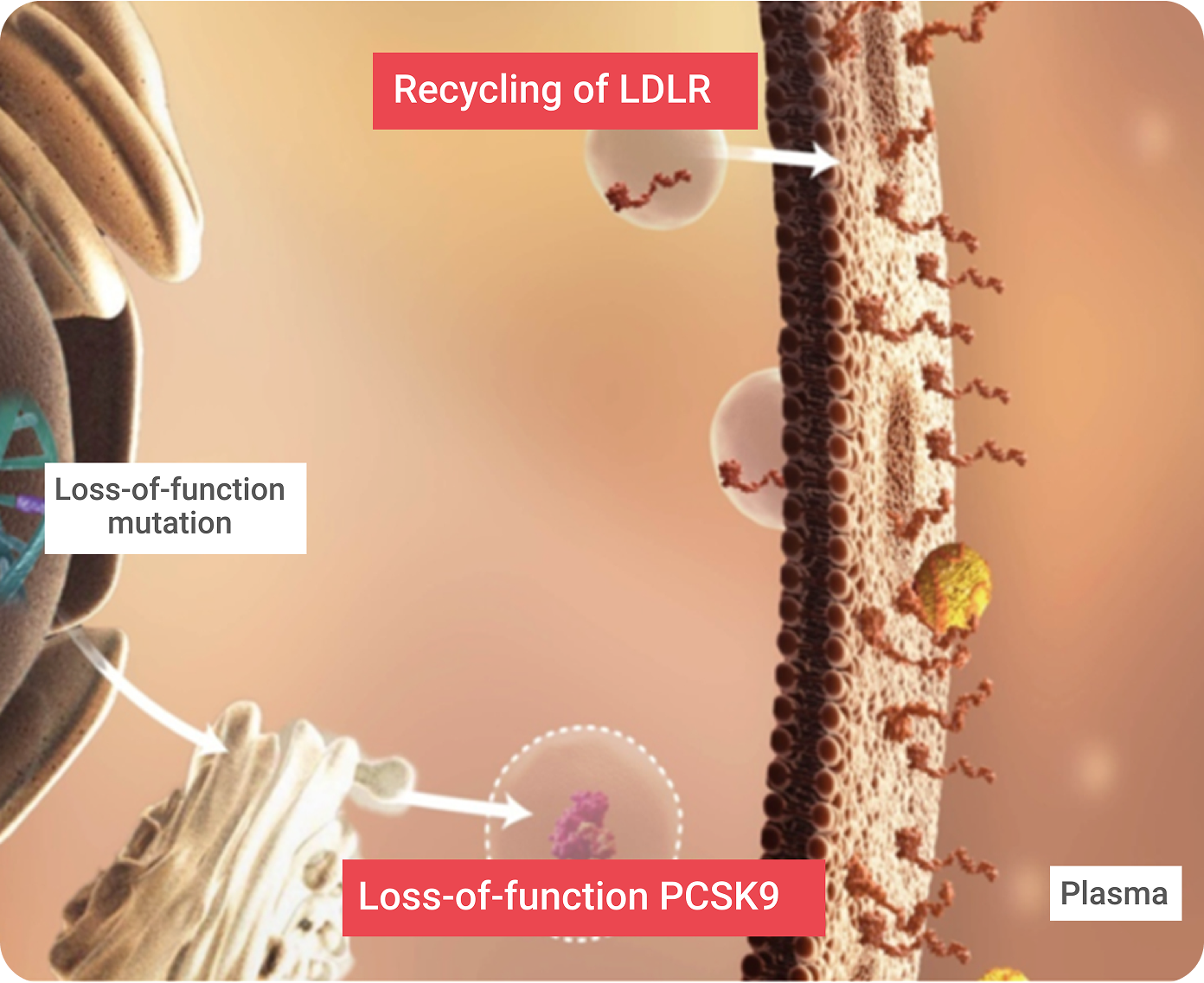If you click “Continue” below, you will leave the current site and be taken to a site maintained by a third party that is solely responsible for its content. Amgen provides this link as a service to website visitors. Amgen is not responsible for the privacy policy of any third-party websites. We encourage you to read the privacy policy of every website you visit.
The prevalence and extent of atherosclerosis increases with rising levels of LDL-C, independent of other risk factors. Elevated LDL-C and other lipids also account for the largest proportion of risk for CV events—independent of gender, ethnic group, and geographic region.
INTERHEART: Assessed nine modifiable risk factors, which accounted for >90% of initial myocardial infarction risk worldwide; n = 15,152 patients and 14,820 controls in 52 countries.2
* Proportional reduction in population disease that would occur if exposure to a risk factor were reduced to an alternative ideal exposure scenario (eg, no tobacco use). Adjusted for all risk factors.2-4
† Irregular consumption of fruits and vegetables.
Cholesterol Treatment Trialists’ Collaboration (CTTC) meta-analysis of major lipid secondary prevention statin trials conducted in 2010: median follow-up ~ 5 years, N = 169,138.5
Patients with ASCVD at very high risk have CV events at an ~ 8x higher rate than patients with ASCVD who are not at very high risk, and the 2022 ACC ECDP recommends treating their LDL-C to < 55 mg/dL. Once you’ve established your patients’ risk status, consider if treatment intensification is needed to help lower the risk of an event.9,10
CV event rates based on patient risk status10
Retrospective cohort study analyzed data from US adults included in the Prognos LDL-C database from January 1, 2016 to June 30, 2018. Patients were ≥ 18 years old and had ≥ 2 non-ancillary medical claims in the linked databases at least 30 days apart. The study was conducted in two stages: 1) identification of patients with ASCVD who met the definition of very high risk and a matched cohort of patients with ASCVD who are not at very high risk using the incidence density sampling approach, 2) estimation of the occurrence of major CV events.10
ACC = American College of Cardiology; ASCVD = atherosclerotic cardiovascular disease; ECDP = Expert Consensus Decision Pathway; IS = ischemic stroke; MI = myocardial infarction; UA = unstable angina hospitalization.

















